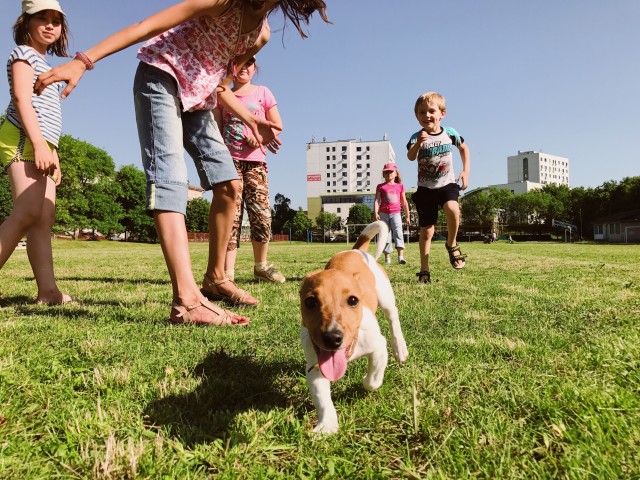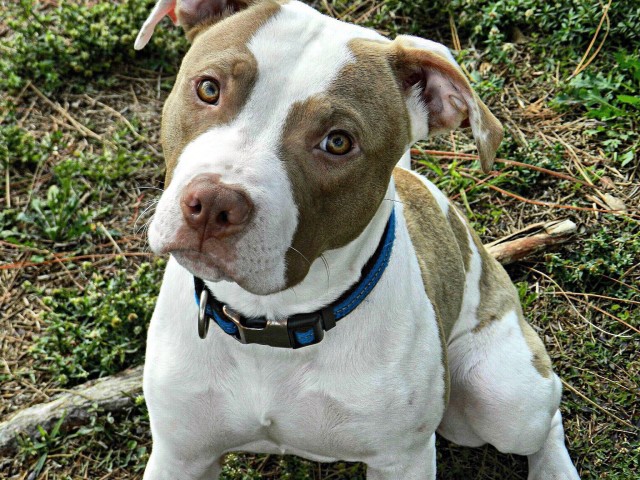Understanding Canine Body Language
Understanding Canine Body Language, you probably already feel the bond, but have you ever wondered exactly how your dog shows love? Canine affection isn’t expressed in human hugs or words. Instead, it’s hidden in tail wags, gentle nudges, fixated gazes, and even quirky behaviors. This guide helps you decode these loving signals and deepen your connection with your four-legged friend.
What Is Canine Body Language?
Body language is a form of non-verbal communication dogs use to convey emotions and intentions through posture, facial expressions, tail and ear movements, vocalizations, and more. Understanding it helps deepen mutual trust, reduce misinterpretations, and build a stronger bond—especially as explained in this helpful overview of Body language of dogs.
Tail Signals: Wags That Mean “I Love You”
Your dog’s tail does more than say “hello”—it can express joy, love, confidence, and reassurance. Here’s how to read these subtle signals:
Loose, full-body wag
A wide, sweeping tail wag—sometimes even with the entire hips bouncing—is a top sign your dog is delighted to see you and is feeling affectionate.
Right-biased wag
Studies reveal dogs tend to wag more to the right when they’re relaxed and happy around their owners—a sign of a positive emotional state.
High-held but soft wag
When a tail is held high yet wagging gently, it’s often a sign of excitement mixed with calm confidence—your dog feels safe and thrilled in your presence.
Eyes & Gaze: “I Trust You”
Soft, slow blinks
Slow, gentle blinks are a form of canine “kiss”—an expression of comfort and trust. Mimicking this with a slow blink back can deepen your bond.
Extended eye contact
When your pup gazes at you with relaxed eyes, it’s more than attention—it’s love. Studies show that when dogs stare at their humans, both hearts release oxytocin, the bonding hormone.
Posture & Proximity: Seeking Your Affection
Body leaning or nudging
If your dog gently leans into you or presses a paw against you, it’s an affectionate gesture—they’re saying “I feel close to you.”
“C” curve or relaxed body
A calm, curved posture when lounging near you—head turned loosely toward you—is a sign of trust and love.
Facial Expressions & Mouth Signals
Play bow
That classic front-end down posture with tail up doesn’t just mean “play.” It’s also a sign of joy and invitation to connect—especially when offered to you.
Relaxed mouth, slight grin
An open, softly panting mouth with slightly raised corners—almost like a grin—is a key indicator of happiness and affection.

Vocalizations: More Than Just Barking
Sounds like soft whining, gentle sighs, or playful yips can express love, longing, or contentment. The tone and context matter:
- Greeting whines: A happy re-entry when you come home.
- Sighs as they settle beside you: Deep comfort and contentment.
Following & Attention-Seeking
Your affectionate dog might:
- Follow you around: Wanting to be in your presence, even during simple chores.
- Bring you toys: A sweet “I want to spend time with you.”
- Sit in your lap: Challenging but meaningful cuddles are a powerful love language for many dogs.
Sleeping Near You
Choosing to nap close by, at your feet, or snuggled up next to you—even on the couch—is a top-tier sign of trust, comfort, and affection. Your dog sees your company as safe and restful.
Knowing the Balance: Love vs. Anxiety
Some behaviors—like leaning or following—could also signal anxiety if paired with stress cues (tucked tail, lip-licking). To differentiate:
- Safe signals: relaxed ears, open mouth, wagging tail, gaze of trust.
- Anxiety signals: pinned-back ears, slow tail wags, whale eye, trembling.
How to Respond to Your Dog’s Affection
Now that you’re fluent in their loving language, here’s how to strengthen your connection:
- Mirror soft behaviors: blink slowly, smile gently, speak in calming tones.
- Pet with purpose: learn their favorite spots—chest, base of tail, sometimes under the chin.
- Play and exercise: respond to play bows or toy offerings with full engagement.
- Quality time: even a quiet presence speaks volumes.
- Respect their needs: allow alone time when they seek it—love also means letting them retreat.
Common Myths & Misinterpretations
Does Tail wag always mean happy?
Not always. A slow, stiff wag may signal uncertainty or mild tension. Always consider the full body language picture.
Following everywhere equals love?
Usually yes! But paired with stress signs, it may signal separation anxiety rather than affection.
Face licking—genuine affection?
Often yes—especially gentle, rhythmic licks. But tongue flicking or excessive lip-licking during tense interactions may indicate stress.
When to Consult a Behaviorist
If affectionate signs shift abruptly to fear or aggression—or if your dog shows signs of persistent anxiety—it’s best to consult a certified dog behaviorist or trainer. They can help you rebuild trust and emotional balance.
Final Thoughts
Your dog doesn’t say “I love you” in words—they show it through tail wags, eye contact, relaxed postures, and choosing to be near you. Becoming confident in interpreting these signals helps you respond in kind, strengthening a lifetime bond built on trust, care, and true companionship. Want more on reading canine cues and overall care? Check out our related article: How to Read a Dog’s Body Language: A Comprehensive Guide.

